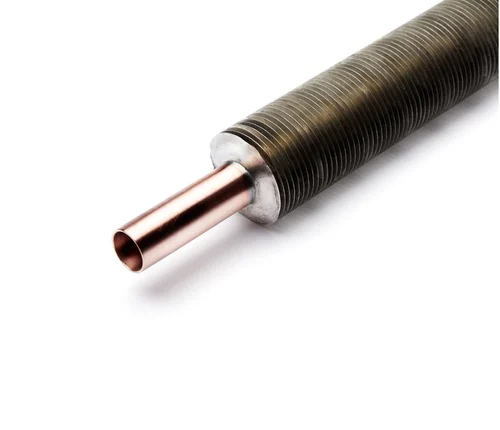- Versatile Applications: Unlike other fin tubes, low fin tubes are not limited to air-fluid heat exchangers. They are also commonly used in various types of shell and tube heat exchangers.
- Enhanced Heat Transfer: The fins are rolled into the base tube itself, allowing for a greater density of fins per inch. This increases the heat transfer surface area, improving overall efficiency.
- Manufacturing Process: The rolling process is done using specialized machinery, and these tubes can be supplied in both straight and U-bend configurations.
vishal@solitaire-overseas.com


 Table of Content
Table of Content

